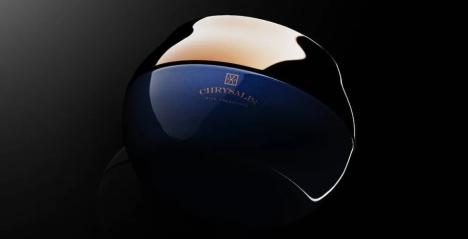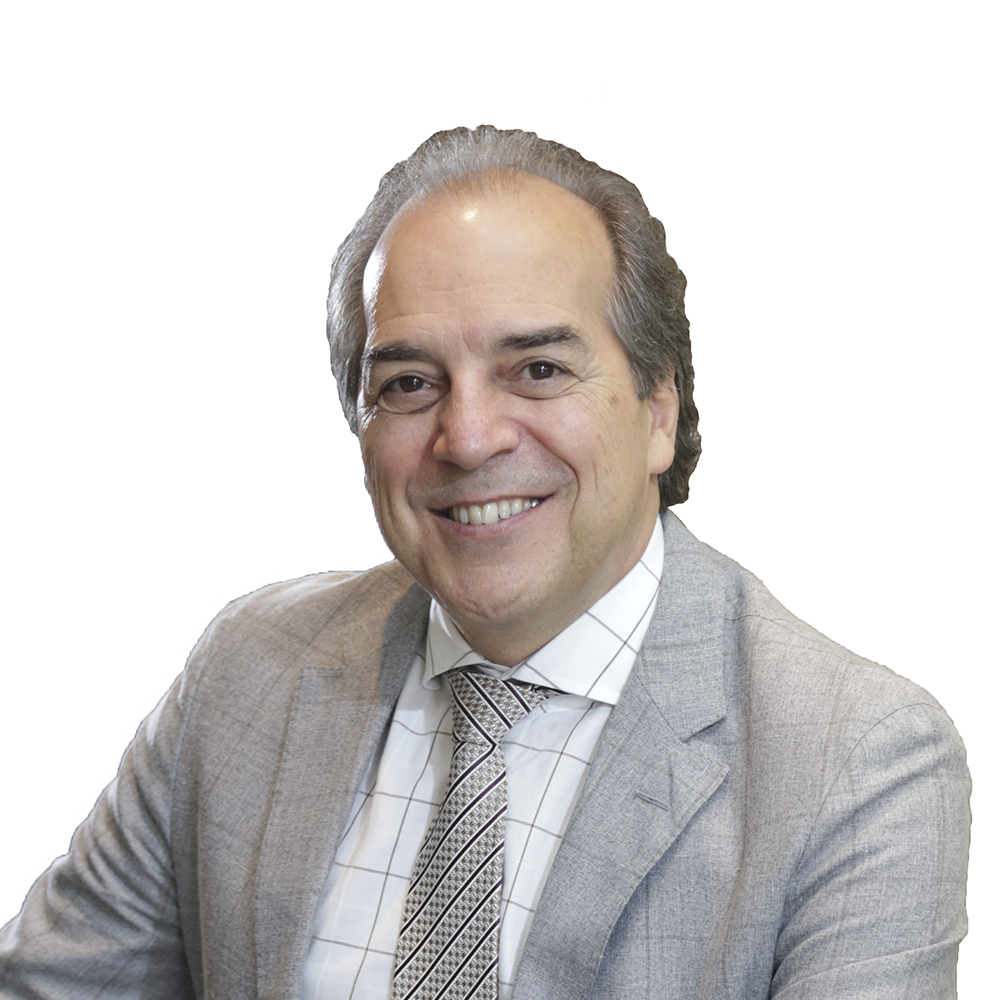Plastic Surgery is found to be one of the most fervid surgical movements across the globe – a rage enhanced by the contemporary reign of our technology-advanced 21st century era!
In our continuing series highlighting Plastic Surgery procedures in Singapore, Expat Choice caught up with internationally acclaimed Plastic Surgeon, Dr. Marco Faria Correa to discuss Rhinoplasty, the nose sculpting surgery often referred to as Nose Job.
As conveyed by Dr Marco, facial beauty is a tri-fold matter of balance, harmony, and proportion. When it comes to considering Rhinoplasty Surgery, this rings in truth on point. The procedure isn’t about getting your favourite celebrity’s nose, but rather a nose to enhance your own natural beauty.
Let’s start by defining what Rhinoplasty Surgery is. Rhinoplasty is one of the most requested types of plastic surgery, and commonly referred to as a Nose Job. The surgery focus is to change the shape and structure of your nose, and the surgical skill lies in modifying the bone or cartilage.
The above explanation had us wanting to understand further from Dr. Marco what motivates a patient to consider Rhinoplasty. On this point, he remarked “people can get rhinoplasty to repair their nose post-injury, to correct breathing issues which can prove to be debilitating - possibly because of a birth defect, or simply because a patient is unhappy with the look and feel of their nose. To quickly recap – the motivation for Rhinoplasty may be to change the appearance of the nose, improve breathing, or both.

If you’re wondering what possible changes a surgeon can make to the nose via Rhinoplasty, these include:
- a change in size
- a change in angle
- straightening of the tip
- narrowing of the nostrils
From anatomy studies in school, you may remember the upper portion structure of the nose is bone, and the lower portion is cartilage. So, where Rhinoplasty does its work to deliver desirable impact in nose size and shape, is by changing the shape of the nasal bone and cartilage effectively enough.
Dr Marco discloses that the surgeon will consider other facial features, the skin on the nose, and what the patient would like to change. When a patient falls in the candidacy period of the surgery, the doctor develops a customised plan for the patient, and once completed, the patient discusses their individual motivation and outcome expected with Dr. Marco.
It is important to know also that Rhinoplasty doesn’t have an ordered series of steps. Each surgery is unique and customised for both the specific anatomy and goals of the patient undergoing the procedure.
The Nose Job may be performed from inside the nose (closed rhinoplasty) or through a small external incision at the base of the nose, between the nostrils (open rhinoplasty). Dr. Marco can alter the nasal bones or cartilage in several ways, depending on how much cartilage or bone needs to be reduced and removed, or added and improved.
Dr. Marco explains, “for small changes, we may use cartilage from the rib, implants, or bone from other parts of the patient’s body” After these changes are made, the surgeon will close the incisions.
He goes on to express the importance of a candidate’s understanding at the onset – relevant to what Rhinoplasty can and cannot do for the patient and what results are expected. It’s an absolute necessity for all patients to hold open lines of communication with their surgeon and discuss personal desires and goals related to this type of surgery during planning stages.
For instance, if the patient has a small chin, Dr Marco may discuss performing a surgery to augment the chin. This is due to the appearance of a small chin creating the illusion of a larger nose. It isn’t a requirement to have chin surgery in those circumstances, but it might provide better balance to the facial profile.
Now, about the anaesthesia required for the procedure. Rhinoplasty requires local anaesthesia with sedation or general anaesthesia – its dependent on how complex the surgery is. It’s essential for the patient to discuss with the plastic surgeon prior to their surgery, which type of anaesthesia would be the most appropriate option.
It is crucial for Dr Marco to assess each case by case, to understand and consider the individual needs of each patient, to choose the indicated techniques that will help to achieve a natural and appropriate result for the patient’s facial features and forehead balance.
Consequently, nose sculpting supports the harmony and aesthetic facial beauty, which boosts one’s confidence and self-esteem. Dr. Marco states, “we tailor treatments specifically to the male and female aesthetic, by considering the patient’s anatomy and the individual goals expected from the surgery, while maintaining an appearance to improve self-image, self-esteem and self-confidence.”
Dr Marco Faria Correa performs not only Plastic Surgery, and Non-Surgical Aesthetics treatments, but also Reconstructive and Microsurgery. He is a pragmatic surgeon who has mastered the minimally invasive and the traditional open methods by applying the latest techniques for properly concealing the scars in the anatomical folds and crease, leaving inconspicuous scars.
He is a well-versed Plastic Surgeon in the various benefits and limitations of the different procedures and methods; hence, he will always advise his patients on what is the best option to achieve the outcome they desire and expect.
For more information about each procedure visit www.drmarco.com or call Dr Marco Faria Correa, Internationally trained Plastic & Cosmetic Surgeon with over 30 years of experience on +65 6464 8075 , WhatsApp +65 9176 1813 or email admin@drmarco.com











